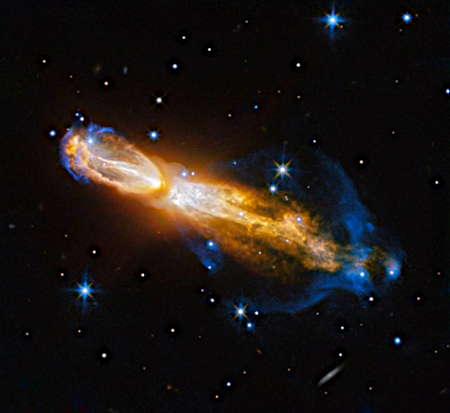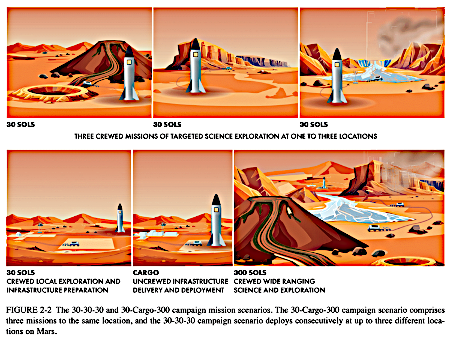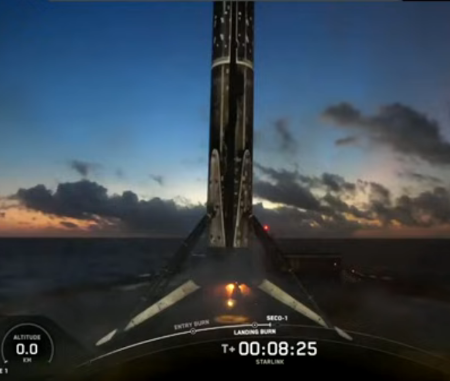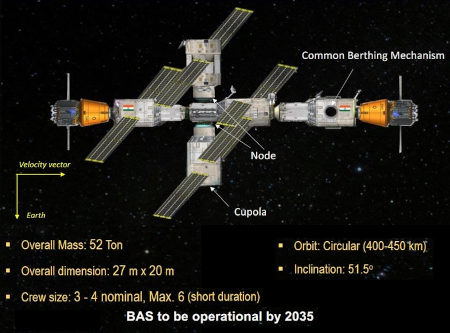More details revealed about what caused the damage on that Russian launchpad
Anatoly Zak at russianspaceweb.com has uncovered more details behind the collapse of the mobile platform at Russia’s only manned launchpad at Baikonur.
According to one rumor from Baikonur, the mobile platform was retracted and moved back to the rocket as many times as five times, as the specialists tried unsuccessfully to secure it in its parking position inside its shelter, after the routine call to retract the platform had been issued during the final countdown less than an hour before launch.
When the personnel was finally ordered to evacuate the pad some 30 minutes ahead of the liftoff, the decision was made to leave the platform in its parking position inside its shelter without securing it properly rather then to postpone the launch. It was not immediately clear who made a decision to proceed with the launch despite this clear violation of launch criteria.
The veterans of the center speculated that the mission management had been under pressure to go ahead with the launch so not to disappoint high-ranking officials and as many as 3,000 paid tourists who came to the remote center to witness the event.
Sounds remarkably reasonable. Zak’s report also adds that Russian officials say they will have a new mobile platform in place and the launch pad operational by April 12, 2026, the day when Russians annually celebrate Yuri Gagarin’s first human flight in space.
Anatoly Zak at russianspaceweb.com has uncovered more details behind the collapse of the mobile platform at Russia’s only manned launchpad at Baikonur.
According to one rumor from Baikonur, the mobile platform was retracted and moved back to the rocket as many times as five times, as the specialists tried unsuccessfully to secure it in its parking position inside its shelter, after the routine call to retract the platform had been issued during the final countdown less than an hour before launch.
When the personnel was finally ordered to evacuate the pad some 30 minutes ahead of the liftoff, the decision was made to leave the platform in its parking position inside its shelter without securing it properly rather then to postpone the launch. It was not immediately clear who made a decision to proceed with the launch despite this clear violation of launch criteria.
The veterans of the center speculated that the mission management had been under pressure to go ahead with the launch so not to disappoint high-ranking officials and as many as 3,000 paid tourists who came to the remote center to witness the event.
Sounds remarkably reasonable. Zak’s report also adds that Russian officials say they will have a new mobile platform in place and the launch pad operational by April 12, 2026, the day when Russians annually celebrate Yuri Gagarin’s first human flight in space.











